Affiliate links on Android Authority may earn us a commission. Learn more.
vivo Apex 2019 Concept hands-on: No buttons, no ports!
March 11, 2019
Vivo made headlines a year ago with its vivo Apex concept, delivering several bleeding-edge features in one understated package.
Between the pop-up selfie camera, half-screen in-display fingerprint sensor, and Screen SoundCasting technology, the original vivo Apex concept is still one of the most high-tech devices out there after 12 months. So how could vivo top it? That’s where the vivo Apex 2019 Concept comes in.
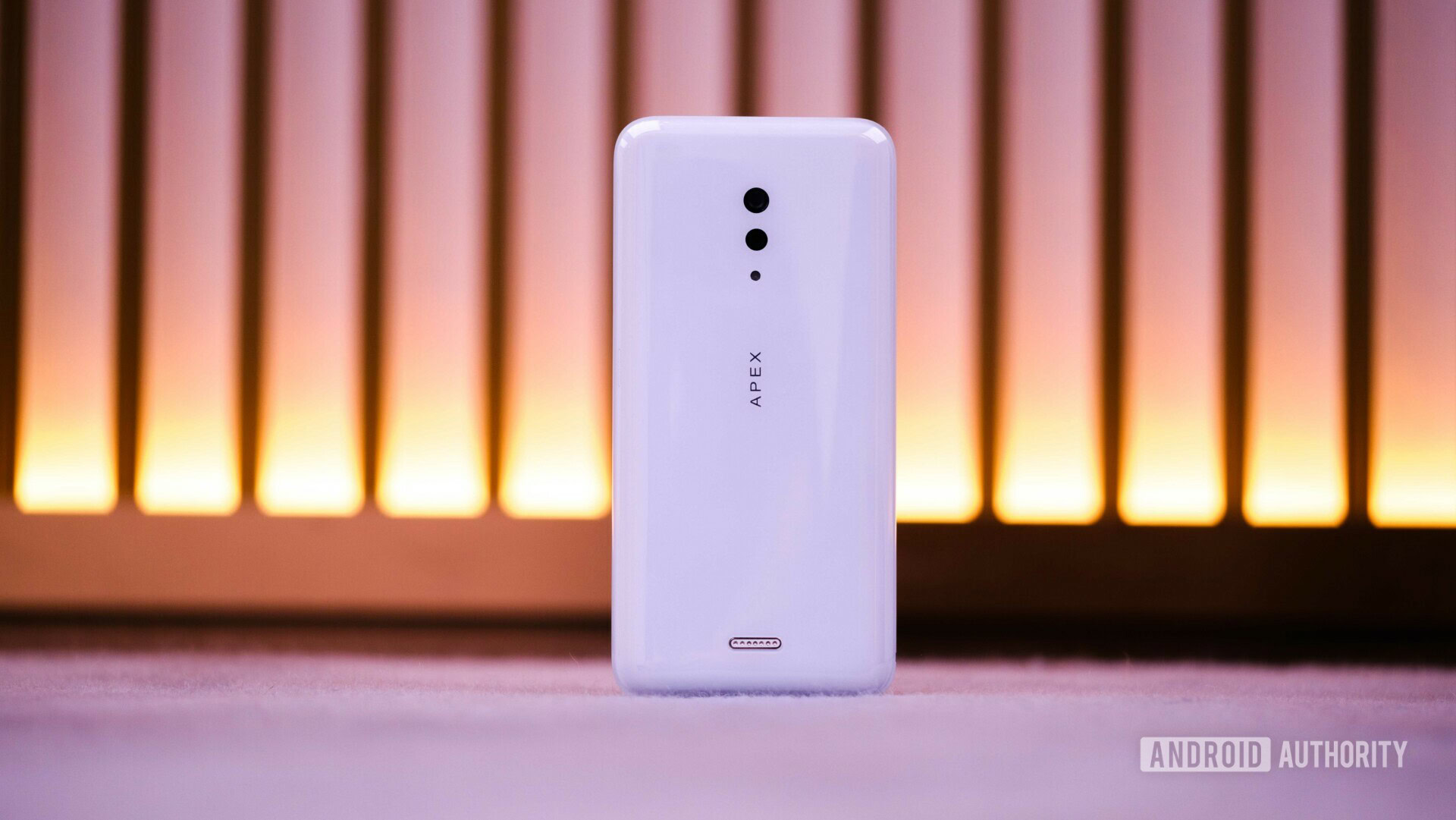
Is it the apex of mobile technology?
The vivo Apex 2019 Concept stands out from the earlier device by featuring virtually no ports or buttons whatsoever. The company did this to see what a truly unibody device would look and work like, and while it’s probably not yet practical for everyday use, they’ve achieved that vision.
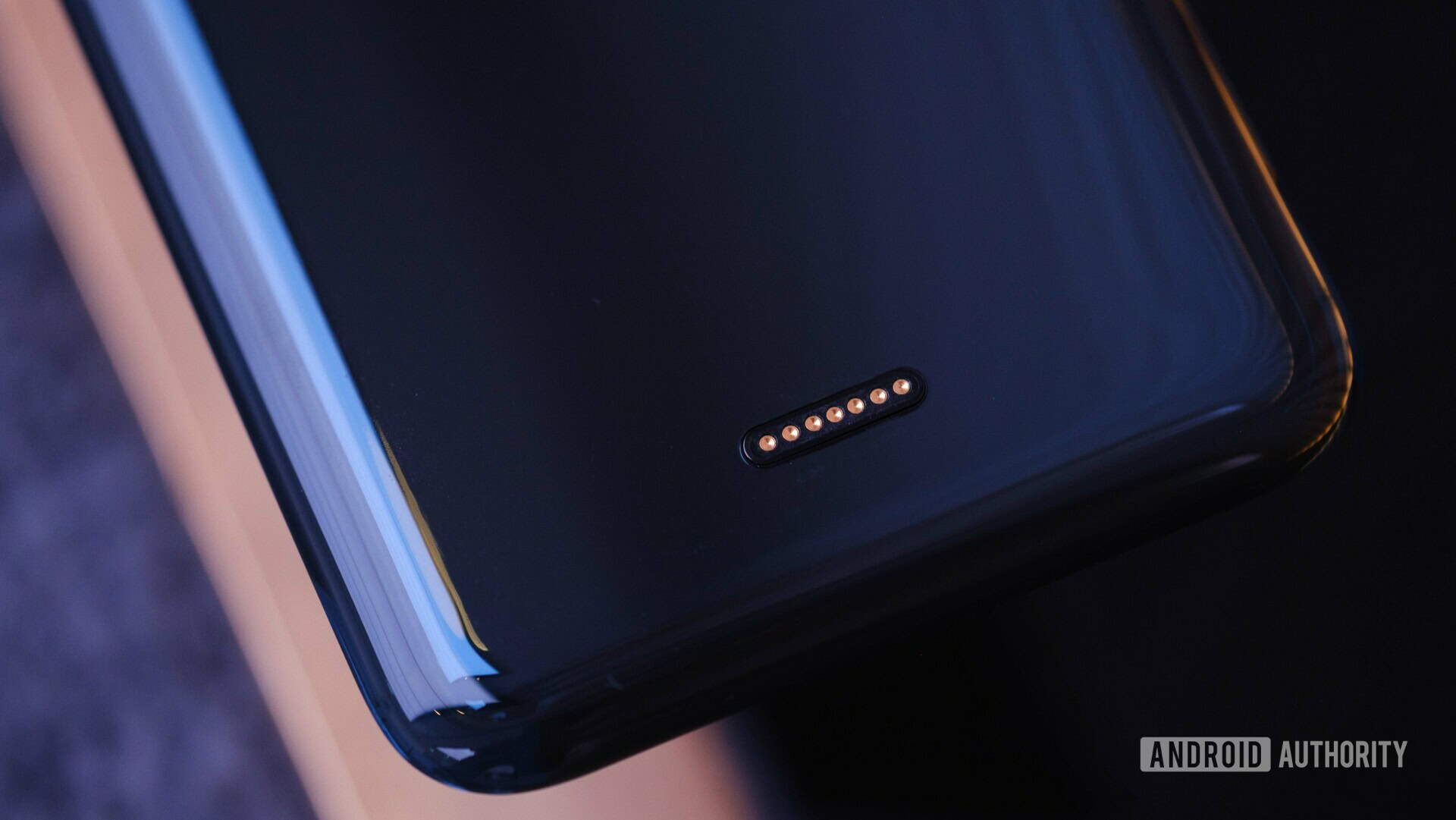
No buttons or ports means a magnetic power connector for charging and data transfer, with the inductive charger being flush with the rest of the phone. You snap a magnetic induction charger on the back of the device to charge, which works well, but doesn’t seem all that practical for daily smartphone design. Still, if you want to completely remove all ports from a device, this is a good way to do it.
I would have liked to see traditional wireless charging in this device as well. Xiaomi recently introduced its 20W wireless charging pad that can fill up the Mi 9 pretty quickly, and fast wireless charging seems like it would have been a smart solution for this device.
Unlike the ill-fated Meizu Zero though, the vivo smartphone has at least one major ace up its sleeve in the form of a full-screen in-display fingerprint sensor. You can press literally almost anywhere on the OLED display to unlock the phone. This has been one of the biggest issues with today’s in-display fingerprint sensors, which limit users to pressing a tiny area of the screen to unlock a device.
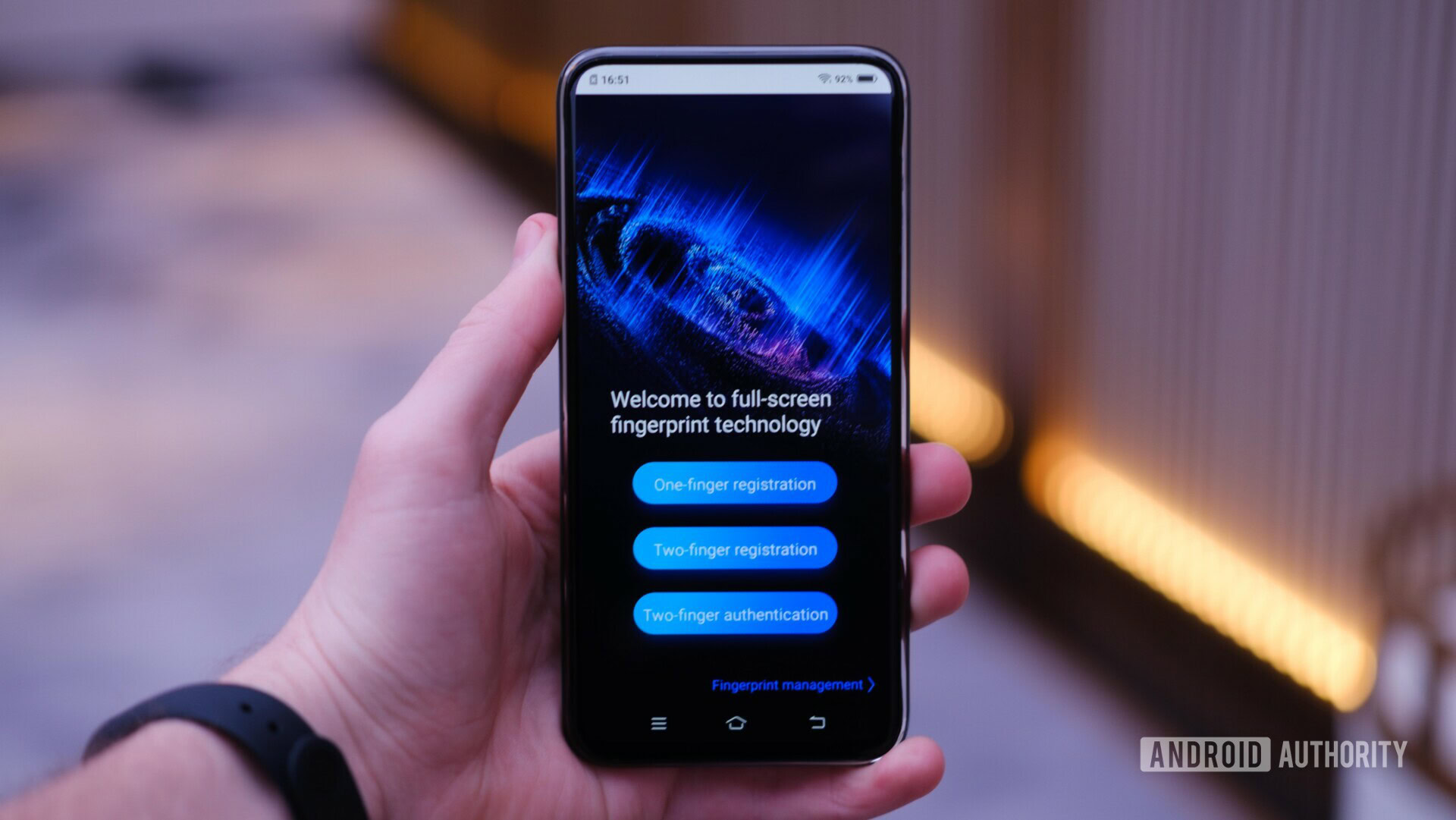
In our time with the phone, the fingerprint sensors worked extremely fast and accurately. vivo has always led the pack with optical fingerprint technology, and it’s great to see an option that covers the entirety of the display. You can either use a single fingerprint for things like unlocking the device, or require two separate fingerprints for extra security in things like banking apps.
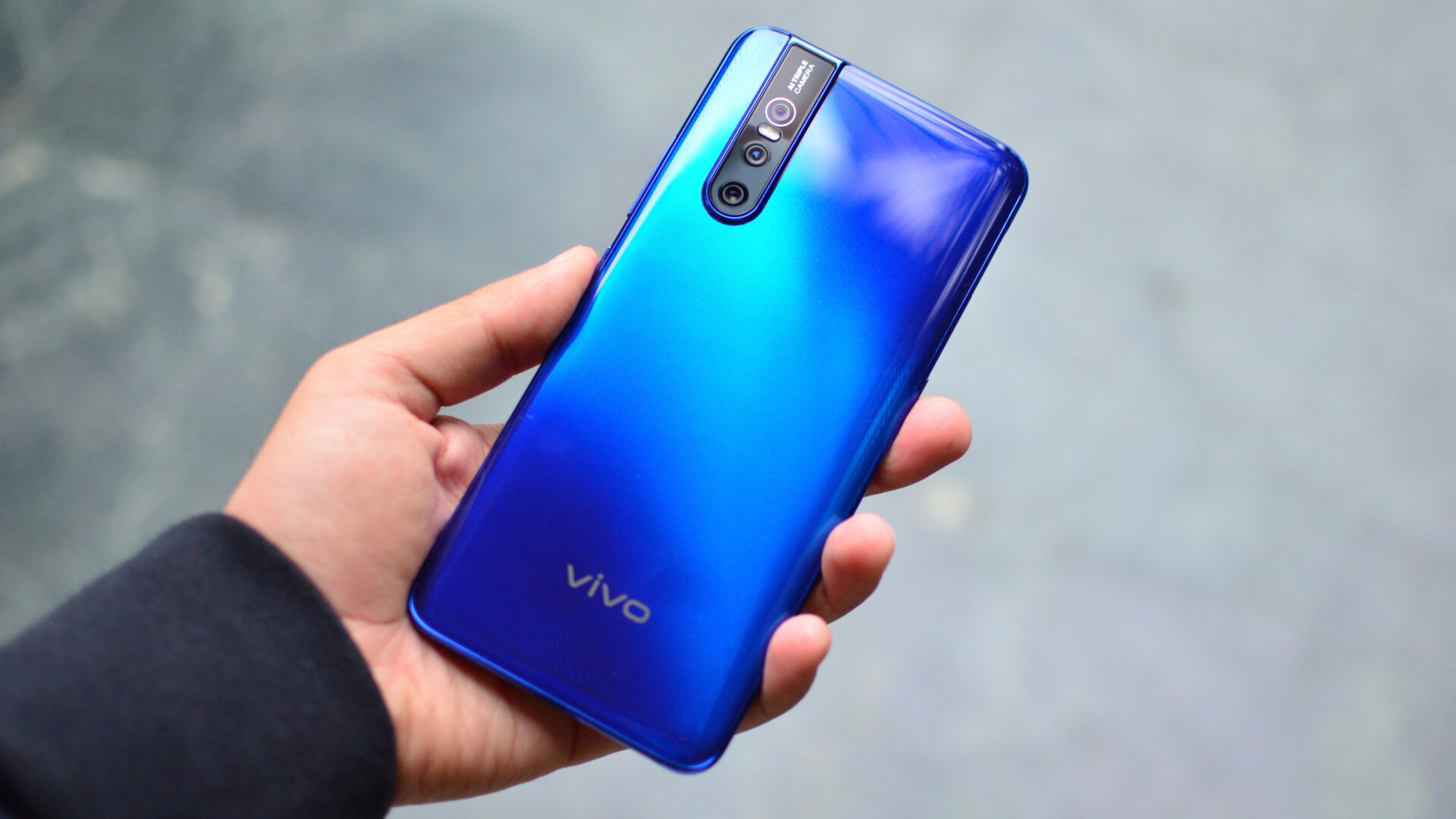
We also see an HTC U12 Plus-style setup for the volume and power keys, eschewing physical buttons in favor of what vivo calls Touch Sense tech. vivo’s take on the technology sees it using a combination of capacitive buttons, pressure-sensitive sensors, and a linear motor to replace physical buttons. And the Chinese brand says these buttons work during crashes and system failures too.
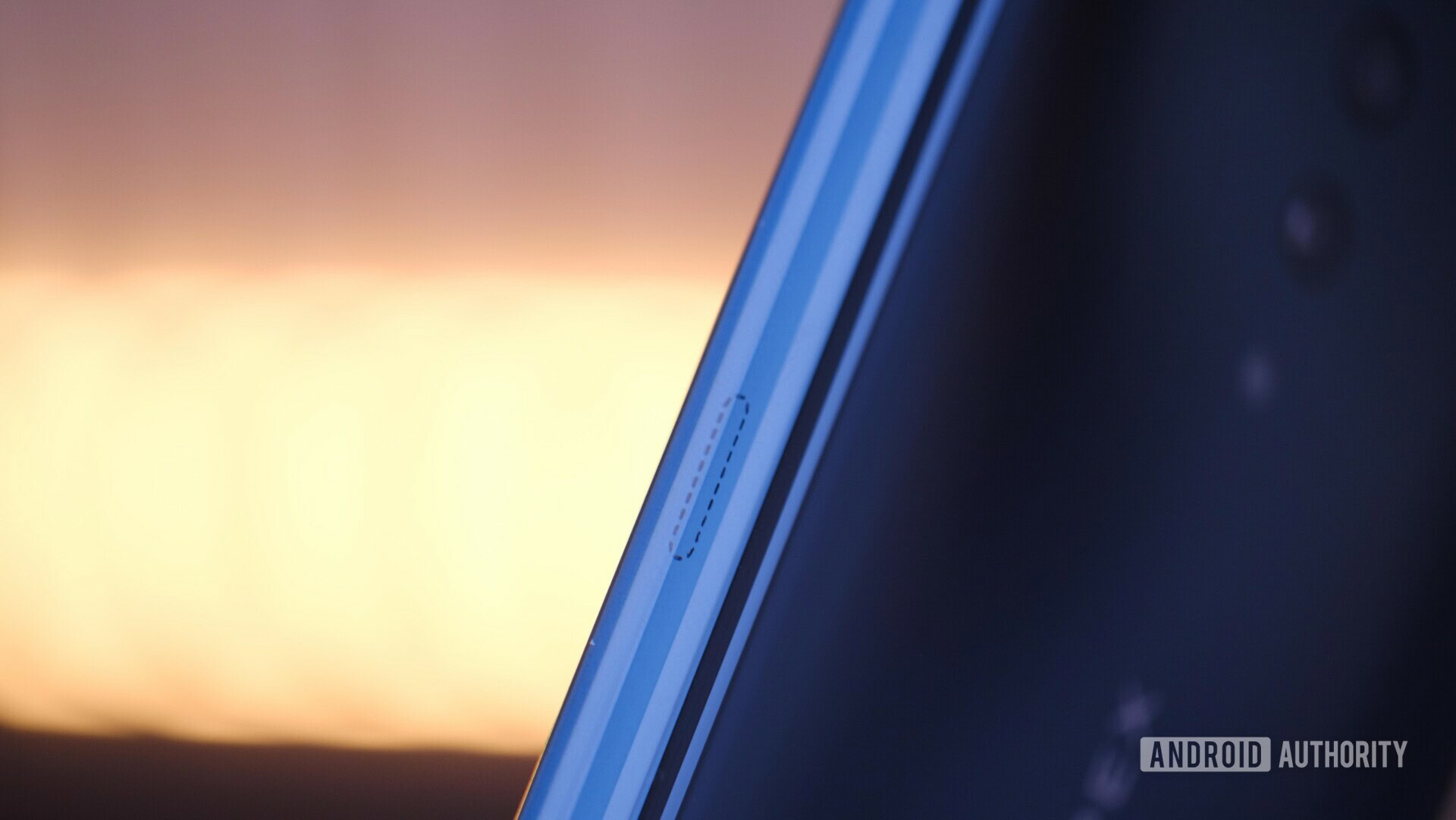
There’s a small dotted area that shows you where the power key is on the right side of the device, but you’ll have to feel around if you want to adjust the volume while the screen is off. Otherwise, there are some persistent virtual buttons that float on the right side of the display showing where the keys are on the phone, since you can’t actually physically see them.
The buttons were a bit frustrating to use in my time with the device, and personally I think we’re a bit of a way off before this becomes a viable option for smartphones. HTC’s U12 Plus completely flopped because of the sub-par implementation of buttonless design, and on any device, it’s nice to be able to feel buttons without looking at the phone.
The speakers rest behind the display, and they sound great.
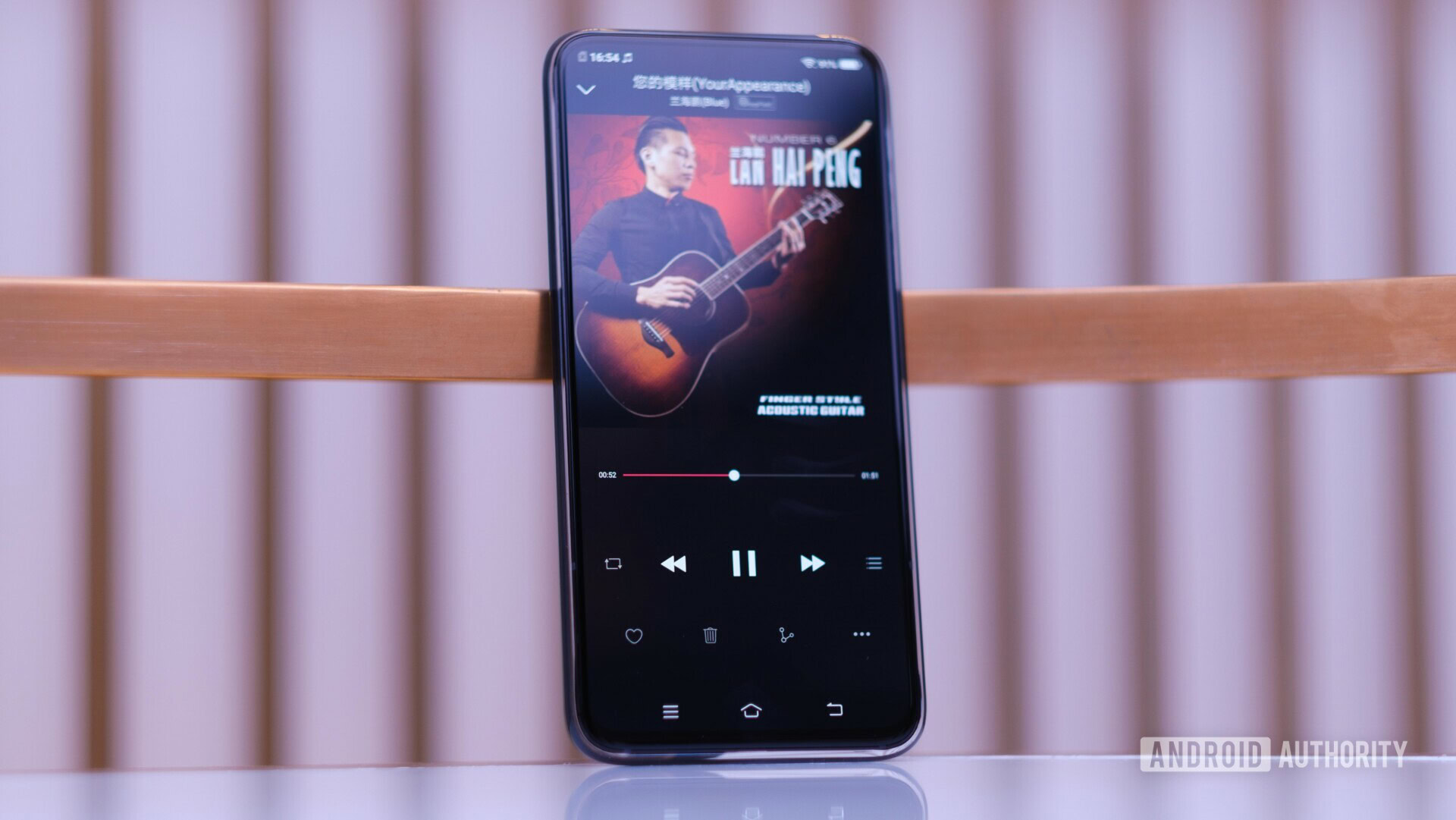
The vivo Apex 2019 retains the Screen SoundCasting technology used in the previous Apex concept, allowing it to ditch traditional speakers in favor of using its screen. These speakers sound quite good, and effectively work as a front-firing option for those that love sound blasted at their face. I much prefer this method over other solutions, and I’m glad vivo was able to implement in at such high quality.
Otherwise, the Apex 2019 concept also offers a Snapdragon 855 chipset, 12GB of RAM, 256GB of fixed storage, and 5G support — something that probably doesn’t matter considering this device will not actually launch commercially. The 5G capability is still useful to show that vivo can, in fact, make a 5G-capable phone for the mass market.
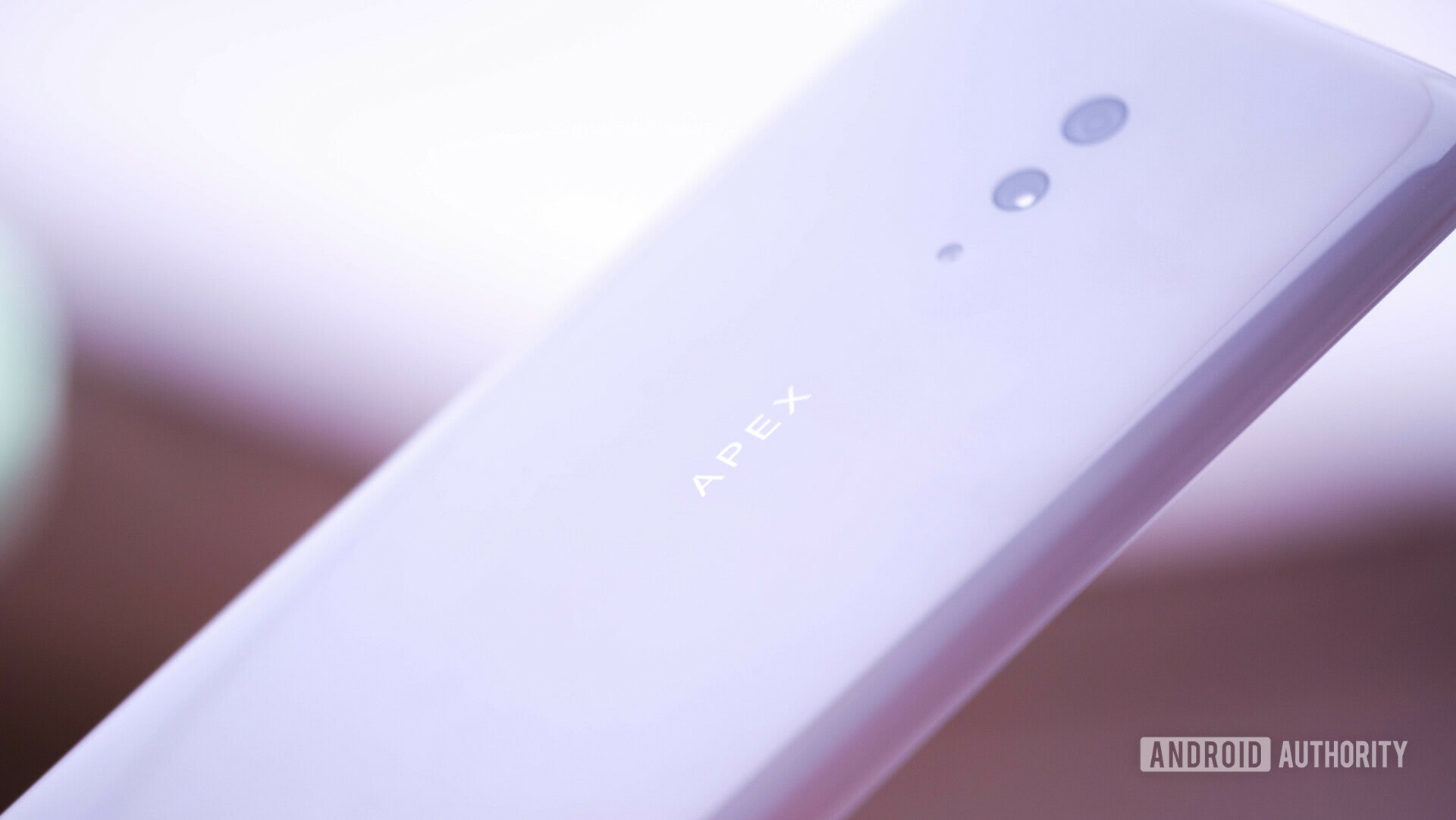
The vivo Apex 2019 looks beautiful and feels great to hold. It’s cast from a solid piece of glass of varying thickness, dubbed Super Unibody. We’ve seen unibody designs before, but the complete lack of gaps on the sides of the Apex 2019 make it truly stand out.
The phone is quite weighty in the hands, but in my opinion the heft only solidified the high-quality feeling of the new Apex.
Though the vivo Apex 2019 concept won’t actually be launching, it’s cool to see the new innovations vivo is developing for smartphones in 2019. The company released a new and innovative device every quarter of 2018, and we wouldn’t be surprised if we saw some of the technologies from the vivo Apex 2019 make their way into the next vivo Nex device.
What do you guys think about the vivo Apex 2019 concept? Is this the future of smartphone design? Let us know!
Thank you for being part of our community. Read our Comment Policy before posting.